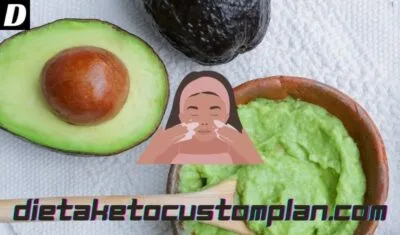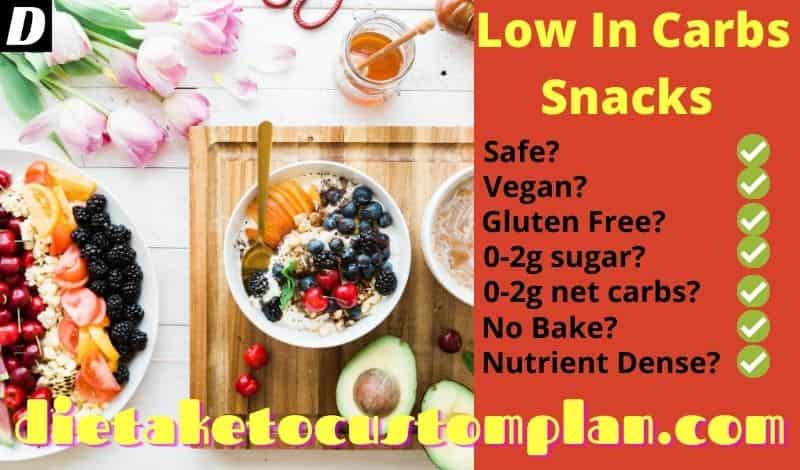When it comes to weight loss, finding an effective and sustainable approach is key. One strategy that has gained popularity in recent years is the high fiber diet. Not only does it aid in weight loss, but it also offers a range of health benefits. In this comprehensive guide, we will explore the concept of a high fiber diet, its impact on weight loss, and provide practical tips on how to incorporate it into your daily routine.
What is a High Fiber Diet?
A high fiber diet is centered around consuming foods that are rich in fiber, which is a type of carbohydrate that the body cannot digest. Instead of being broken down and absorbed, fiber passes through the digestive system relatively intact. There are two main types of dietary fiber: soluble and insoluble. Soluble fiber dissolves in water and forms a gel-like substance in the intestines, while insoluble fiber adds bulk to the stool.
The Role of Fiber in Weight Loss
Increased Satiety
One of the key benefits of a high fiber diet for weight loss is its ability to promote a feeling of fullness or satiety. Foods high in fiber take longer to chew and digest, which can help you feel satisfied with smaller portions. Additionally, soluble fiber absorbs water and expands in the stomach, creating a sense of fullness.
Slower Digestion and Reduced Caloric Absorption
Fiber-rich foods typically have a lower energy density, meaning they provide fewer calories per gram compared to foods with lower fiber content. Additionally, the presence of fiber slows down the digestion and absorption of other nutrients, including carbohydrates, which can help regulate blood sugar levels and prevent spikes in insulin.
Improved Gut Health
A high fiber diet is also beneficial for gut health. Fiber acts as a prebiotic, providing nourishment for the beneficial bacteria in the gut. These bacteria help maintain a healthy balance in the digestive system and play a role in various aspects of health, including metabolism and immune function.
How to Incorporate High Fiber Foods into Your Diet
Increase Fruit and Vegetable Intake
Fruits and vegetables are excellent sources of fiber. Aim to include a variety of colorful fruits and vegetables in your daily meals. Some high fiber options include berries, apples, broccoli, carrots, and leafy greens. Consider adding fruits to your breakfast cereal or yogurt and incorporating vegetables into your main meals and snacks.
Choose Whole Grains
When it comes to grains, opt for whole grains over refined grains. Whole grains, such as brown rice, quinoa, and whole wheat bread, contain more fiber and nutrients compared to their refined counterparts. Look for products labeled “100% whole grain” or check the ingredient list for whole grain ingredients.
Legumes and Beans
Legumes and beans, such as lentils, chickpeas, and black beans, are not only high in fiber but also provide a good source of plant-based protein. They can be included in soups, salads, or used as a base for vegetarian dishes like chili or curry.
Snack on Nuts and Seeds
Nuts and seeds are not only a source of healthy fats but are also rich in fiber. Almonds, chia seeds, and flaxseeds are particularly high in fiber. Incorporate them into your diet by sprinkling them on top of salads, adding them to smoothies, or enjoying them as a snack.
Hydration is Key
It is important to drink plenty of water when consuming a high fiber diet. Fiber absorbs water and helps maintain bowel regularity. Aim to drink at least 8 glasses of water per day to support the digestion and absorption of fiber.
Potential Challenges and Tips for Success
Gradual Increase in Fiber Intake
Increasing your fiber intake too quickly can cause digestive discomfort, such as bloating and gas. To avoid these issues, gradually increase your fiber intake over a few weeks. Start by adding small amounts of high fiber foods to your meals and gradually increase the portion sizes.
Stay Hydrated
As mentioned earlier, fiber absorbs water, so it is important to stay hydrated when following a high fiber diet. Aim to drink water throughout the day to prevent constipation and promote optimal digestion.
Listen to Your Body
Each individual’s tolerance to fiber varies, so it is important to listen to your body and adjust your fiber intake accordingly. If you experience any discomfort or digestive issues, consider reducing your fiber intake slightly and consult with a healthcare professional if needed.
Sample High Fiber Meal Plan
Here’s a sample meal plan to help you incorporate high fiber foods into your diet:
Breakfast:
- Overnight oats topped with mixed berries and chia seeds
- A cup of green tea or black coffee
Mid-Morning Snack:
- A small handful of almonds and an apple
Lunch:
- Quinoa salad with mixed vegetables and a side of roasted chickpeas
- A glass of water or herbal tea
Afternoon Snack:
- Carrot sticks with hummus
Dinner:
- Grilled salmon with a side of roasted vegetables and a quinoa pilaf
- A glass of water or herbal tea
Evening Snack:
- Greek yogurt with a sprinkle of flaxseeds
Conclusion
Incorporating a high fiber diet into your weight loss journey can offer numerous benefits, including increased satiety, improved gut health, and reduced caloric absorption. By gradually increasing your intake of fiber-rich foods, staying hydrated, and listening to your body’s needs, you can successfully adopt a high fiber diet. Remember to consult with a healthcare professional before making any major dietary changes, especially if you have any underlying health conditions. Start your journey towards a healthier weight and improved well-being with a high fiber diet today.


